Gastrointestinal Bleeding (Clinical)
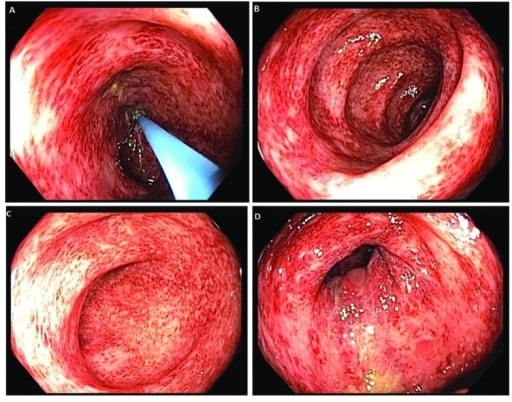
Epidemiology and Etiology Epidemiology[1,2,8,16] Etiology UGIB (proximal to the ligament of Treitz):[7,16] LGIB (distal to the ligament of Treitz):[15] Clinical Presentation Clinical manifestations[3,6,17] Physical exam[17] Diagnosis and Management The approach to evaluating patients with GI bleeding depends on its severity and whether the patient is able to undergo endoscopic evaluation. Diagnosis and management are often […]
Gastritis (Clinical)
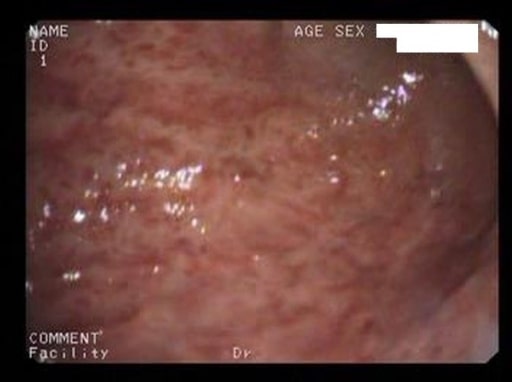
Overview Definition Gastritis is the inflammation of gastric mucosa associated with mucosal injury. Gastropathy refers to a disease of the stomach associated with reactive or hyperplastic epithelial changes with only minimal or no inflammation, but the term “gastritis” is commonly used to encompass these conditions as well Etiology[10] Gastritis is usually due to an infection […]
Cystic Fibrosis (Clinical)
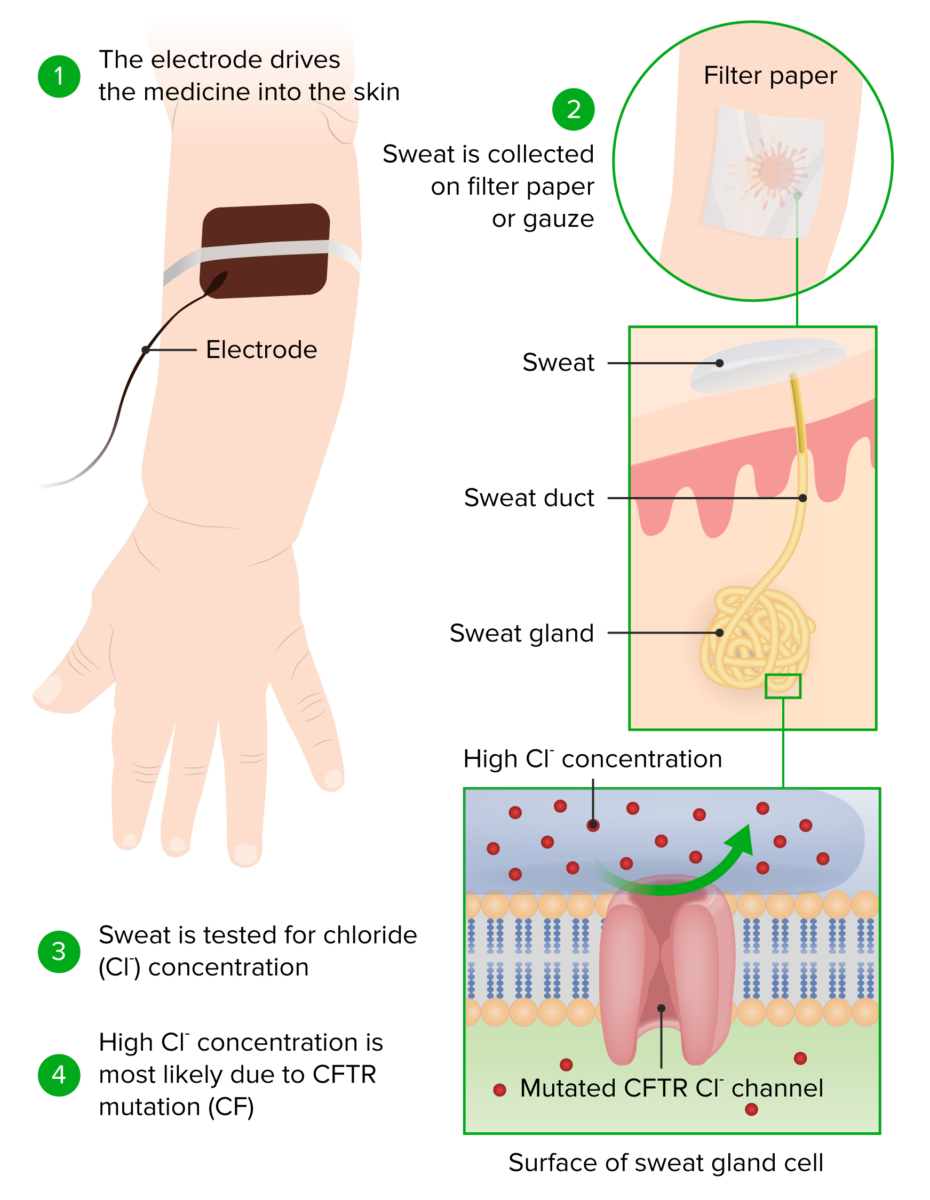
Epidemiology Etiology and Pathophysiology Etiology[1–3] Pathophysiology[2,3] Impact on organ systems Clinical Presentation Respiratory system[2–4] Gastrointestinal system[2–4] Table: Gastrointestinal manifestations of cystic fibrosis Small intestine Thick secretions impair absorption, increasing the risk of obstruction. Fails to pass meconium within 48 hrs of life in newborn Constipation, abdominal pain Bowel obstruction, unable to pass gas, abdominal distention, […]
Ankylosing Spondylitis (Clinical)
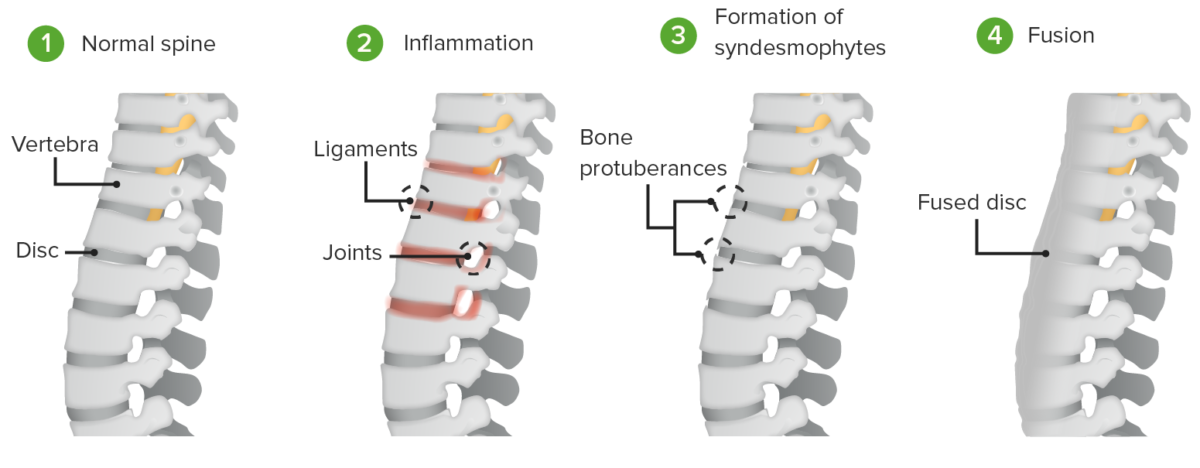
Overview Definition[1,9–11,19] Ankylosing spondylitis (AS) is a seronegative spondyloarthropathy characterized by chronic and indolent inflammation of the axial skeleton. Concept of spondyloarthropathy[5,19,20] Mnemonic To remember the seronegative spondyloarthropathies, use the mnemonic “PAIR.” Epidemiology[3,5–9] Etiology[3,5–9] Pathophysiology Proposed mechanism of inflammation[5–7,10] Axioskeletal changes[5,7,10] Clinical Presentation Articular manifestations[3,5–9] Extra-articular manifestations[3,5–9, 20] Physical examination[5,7,8,11] Diagnosis Suspected spondyloarthropathy[13,16,17] Refer patients […]
Osteomyelitis (Clinical)
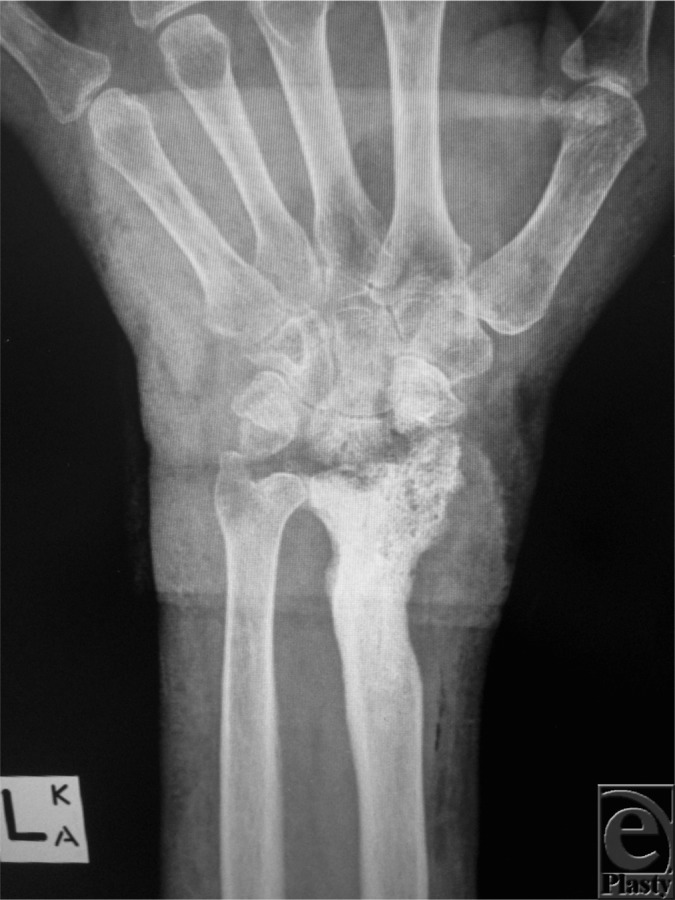
Epidemiology and Etiology Epidemiology[1,7,8] Etiology and classification[1,3,7,8] Osteomyelitis is classified based on the route of infection. Non-hematogenous osteomyelitis (80% of cases): Hematogenous osteomyelitis (20% of cases): Risk factors[2,7,12,19] Table: Common causes of osteomyelitis based on patients’ underlying risk factors Risk factors Infectious agents No specific risk factor S. aureus Prosthetic joint replacement S. aureus S. […]
Angioedema (Clinical)

Overview Definition[2,6–8] Epidemiology[2,8,10] Etiology and Pathophysiology Classification[2,10,11] Angioedema may result from 3 primary mechanisms: General pathophysiology[8] Mast cell–mediated etiologies[2,11] Mast cell–mediated angioedema is typically associated with urticaria. Bradykinin-mediated etiologies[2,4,8] These etiologies are not associated with histamine release or urticaria. Other etiologies[2] Clinical Presentation Angioedema presents in various ways, depending on the site(s) and mechanism involved.[3,6,11] […]
Guillain-Barré Syndrome (Clinical)

Overview Definition[1–3] Epidemiology[1,3] Pathophysiology[1,3,4] Clinical Presentation Clinical symptoms vary based on the subtype of GBS. Individuals may have a history of respiratory or GI symptoms 1–4 weeks prior to the appearance of GBS. Acute inflammatory demyelinating polyneuropathy (AIDP)[1,3,6] Acute motor axonal neuropathy (AMAN)[3,6] Acute motor and sensory axonal neuropathy (AMSAN)[3,6] Miller Fisher variant[1,3,6] Bickerstaff encephalitis[1,2] […]
Tetanus (Clinical)
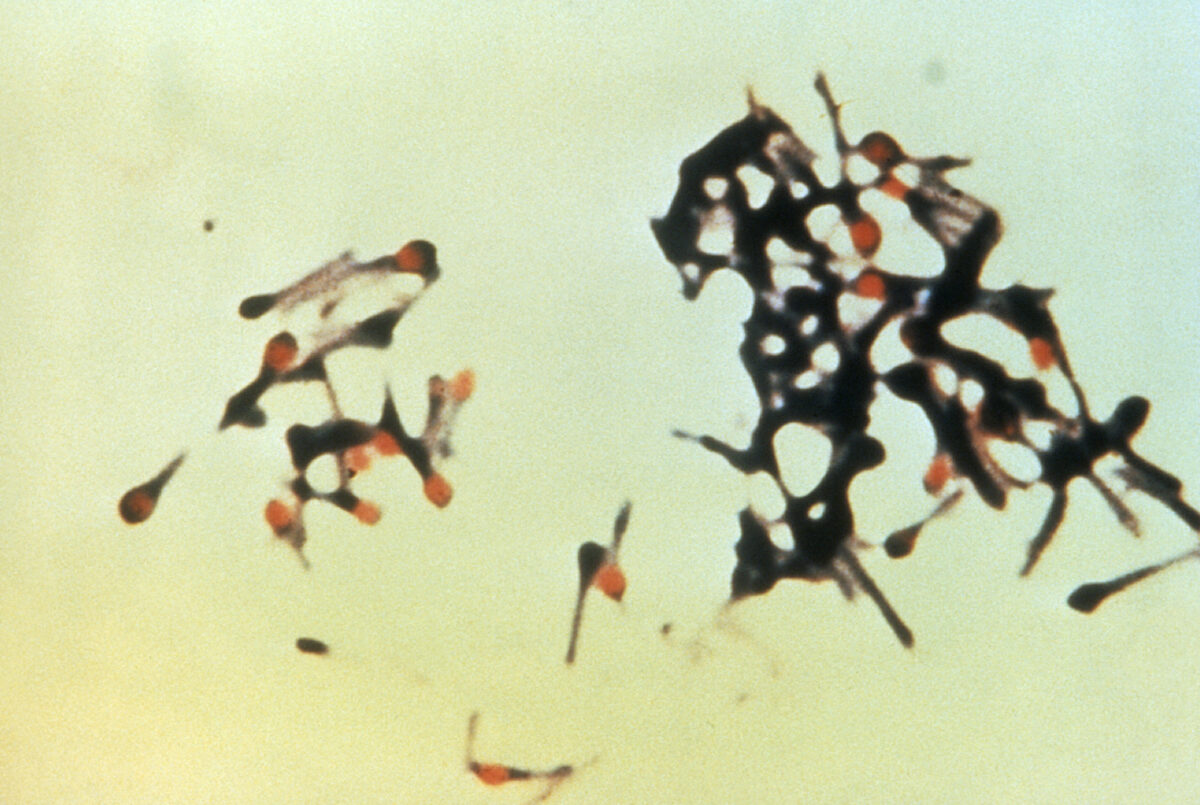
Overview Definition[1,2,5,6] Tetanus is a nervous system disorder caused by the bacterium Clostridium tetani. Etiology[1,2,5,6] Epidemiology[1,2,5,6] Mode of infection[2,3,5,6] Pathophysiology Types[2] Pathophysiology[1,2,6] Inoculation: Pathogenesis: Clinical Presentation and Diagnosis Clinical presentation[1,2,6] Generalized tetanus: Generalized tetanus is the most common and severe clinical form of tetanus. Neonatal tetanus: Local tetanus: Cephalic tetanus: Complications[2,10] Diagnosis[9,10] Management Management may […]
Subdural Hemorrhage (Clinical)
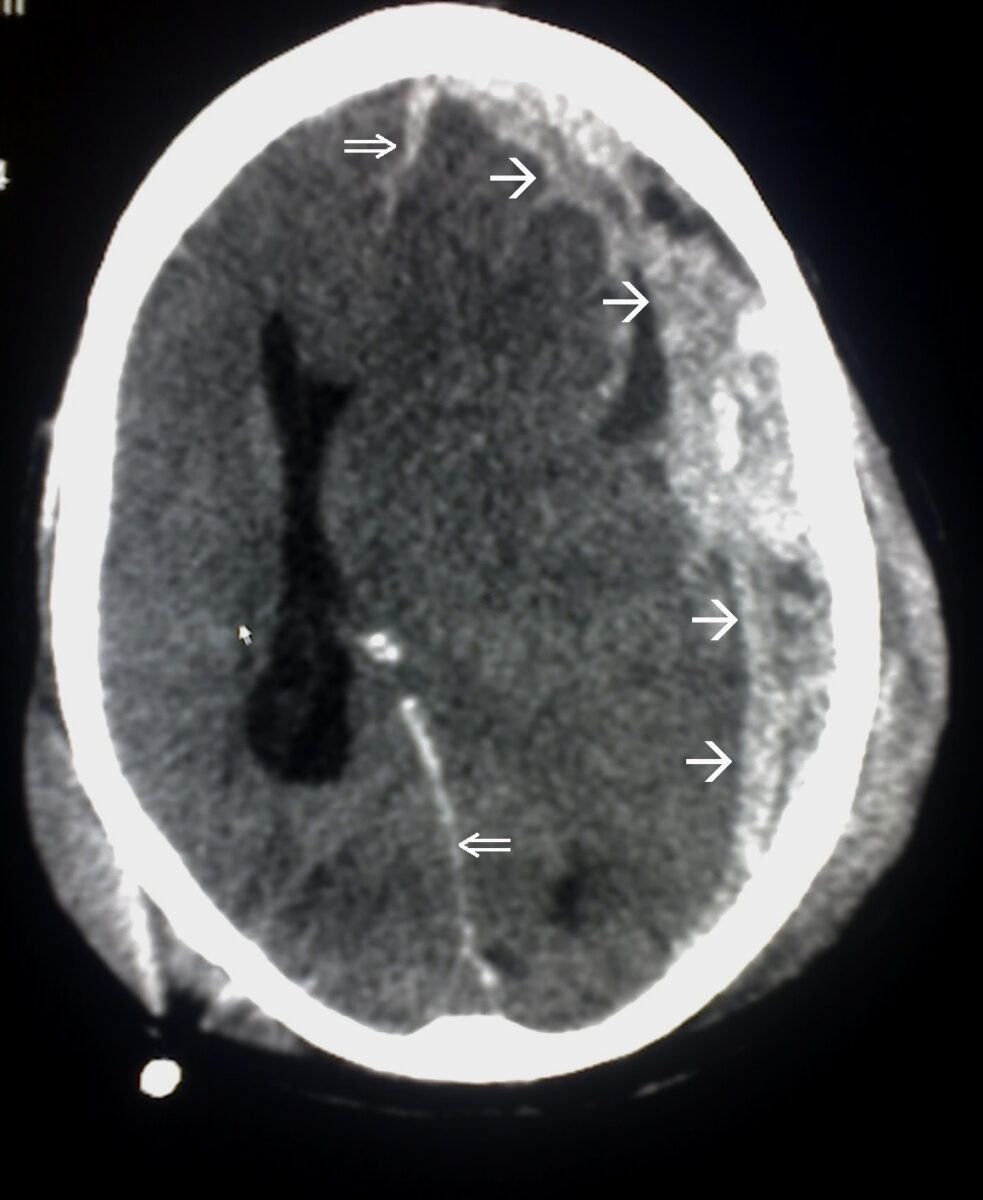
Overview Definition Subdural hematoma (SDH) is bleeding, usually caused by head trauma, into the space between the dural and arachnoid meningeal layers surrounding the brain, creating a space called the subdural space.[1] Epidemiology[1,11] Etiology[1,11] SDH is caused by rupture of vasculature (typically bridging veins) between the arachnoid and dural meningeal layers. The primary etiology is […]
Polycythemia vera (Clinical)
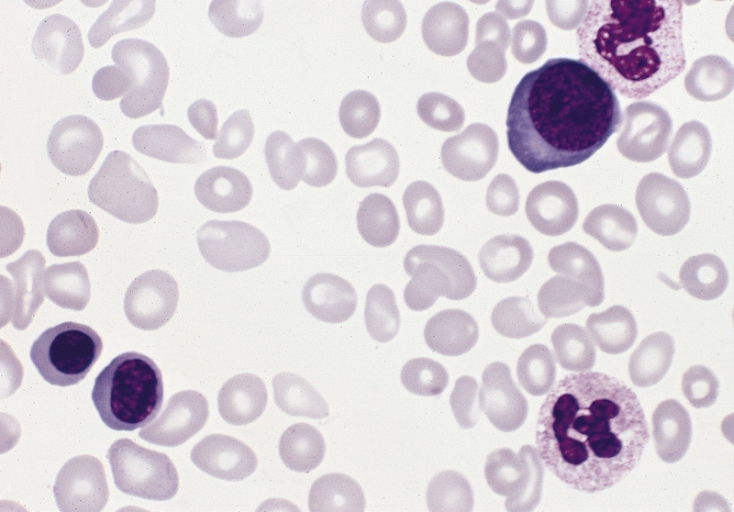
Overview Definition[12] Polycythemia vera (PV) is a chronic myeloproliferative neoplasm characterized by the overproduction of RBCs (erythrocytosis), WBCs, and platelets. This triad differentiates PV from erythrocytosis seen with chronic hypoxia and other conditions. Classification[10] Epidemiology[1] Etiology and Pathophysiology Etiology[6] Pathophysiology[7,9,12] Clinical Presentation Polycythemia vera is often diagnosed incidentally when a CBC obtained for other reasons […]